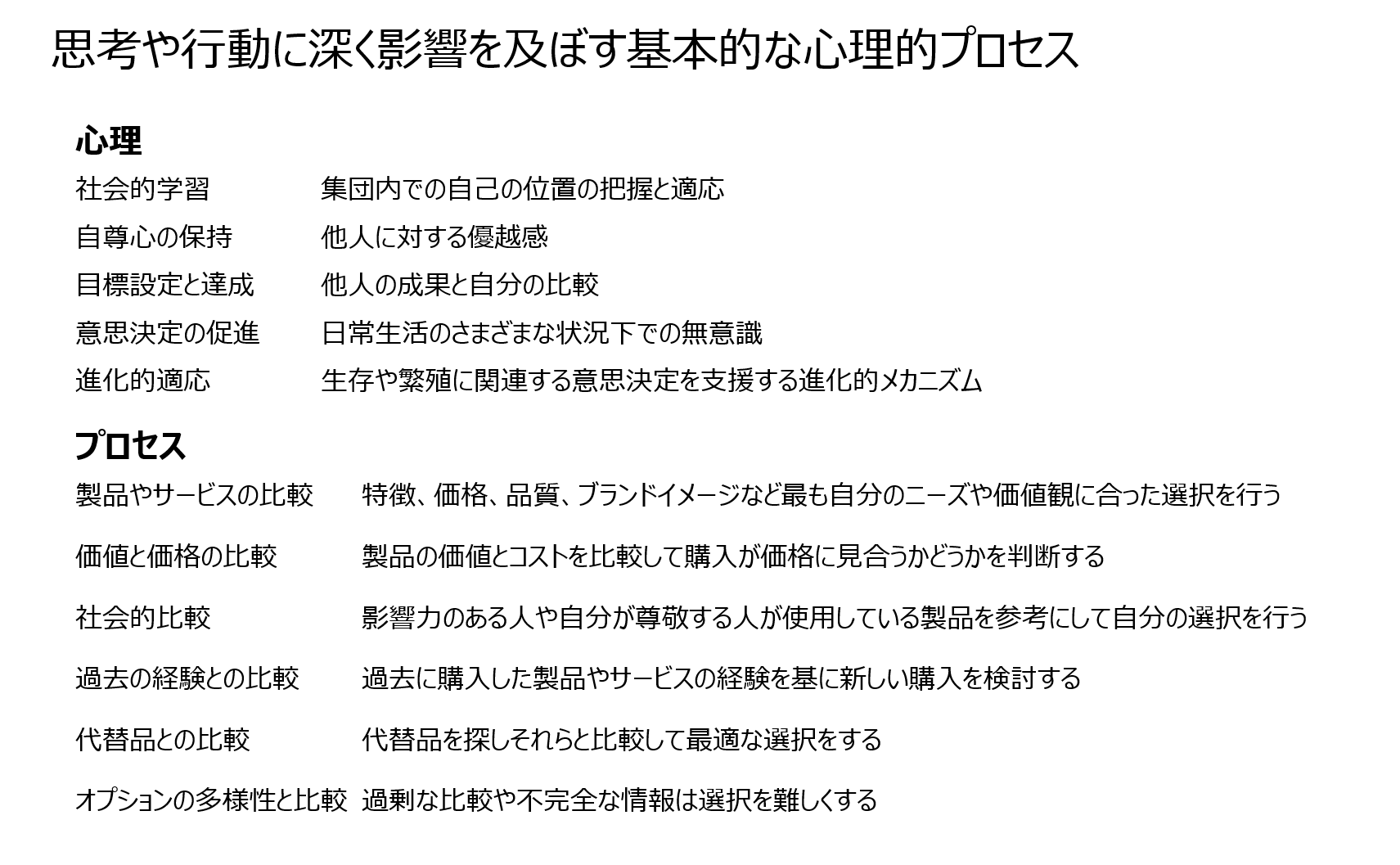医薬品業界は、人口減少と市場縮小に伴い、ますます競争が激化しています。このような環境で競争優位性を確立するためには、データ駆動型の戦略が不可欠です。
DXSstratify®は競争市場に適した新たな分析手法です。
DXSstratify®は、医薬品販売データを活用して市場規模を軸に自社製品と競合製品の競争地位を分析する手法です。このアプローチの中心は、データの深い理解と迅速な意思決定プロセスの実現にあります。
市場と競合の透明な理解: DXSstratify®は、市場の全体像と自社製品の位置づけ、競合製品との比較を明確にします。これにより、市場の変動に対する敏感な対応と戦略的な意思決定が可能になります。
リアルタイムデータの活用: この手法は、更新スピードが速く頻繁に確認される医薬品販売データを活用します。これにより、市場動向の変化に迅速に対応し、リアルタイムでの調整が可能となります。
競争優位性の明確化: 自社製品の市場内での競争地位と競合製品に対する競争優位性を分析することで、戦略的な販売プランとマーケティングの方向性を決定します。
ゼロサム市場における戦略立案: 市場が縮小する中で、DXSstratify®は市場シェアの獲得を目指すための戦略を立案するのに役立ちます。
治療手段としての製品特性への対応: 医療用医薬品の特性を理解し、治療ニーズに合わせた戦略を立案することで適切な情報提供が可能です。
DXSstratify®は、医薬品市場の縮小と競争の激化に直面する中、データを活用して市場での競争優位性を確立するための重要なツールです。この分析手法を活用することで、企業は市場の変化に迅速に対応し、競争上の優位性を確立するための効果的な意思決定が可能になるでしょう。
DXSstratify®: An Innovative Analytical Method in the Pharmaceutical Market
The pharmaceutical industry is facing intensifying competition due to population decline and market contraction. In such an environment, data-driven strategies are essential for establishing competitive advantage.
DXSstratify® is a new analytical method tailored for competitive markets.
DXSstratify® utilizes pharmaceutical sales data to analyze market size as the basis for assessing the competitive positioning of a company’s products in relation to their competitors. The core of this approach lies in the deep understanding of data and the realization of a rapid decision-making process.
Clear Understanding of Market and Competition: DXSstratify® clarifies the overall market picture, positioning of one’s own products, and comparison with competitors. This enables sensitive responses to market fluctuations and strategic decision-making.
Utilization of Real-Time Data: This method capitalizes on pharmaceutical sales data, known for its rapid update speed and frequent checking. This allows for swift responses to market trends and real-time adjustments.
Clarification of Competitive Advantage: By analyzing the competitive position of one’s products in the market and the competitive advantages over rival products, strategic sales plans and marketing directions can be determined.
Strategy Formulation in a Zero-Sum Market: As the market contracts, DXSstratify® helps in formulating strategies aimed at gaining market share.
Addressing Product Characteristics as Treatment Options: Understanding the characteristics of pharmaceuticals for medical use and developing strategies aligned with treatment needs ensures appropriate information provision.
DXSstratify® is a vital tool for leveraging data to establish competitive advantage in the shrinking and increasingly competitive pharmaceutical market. Utilizing this analytical method, companies can quickly respond to market changes and establish a competitive edge through effective decision-making.










